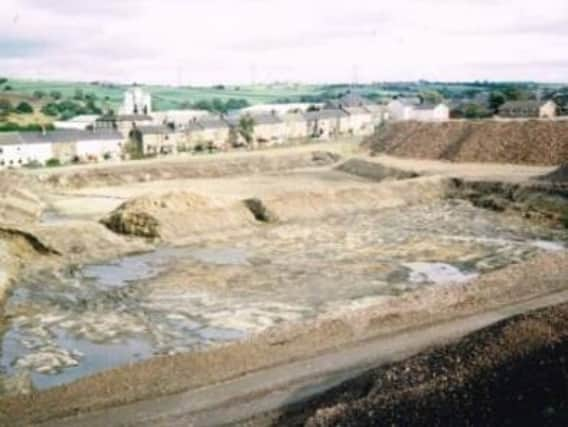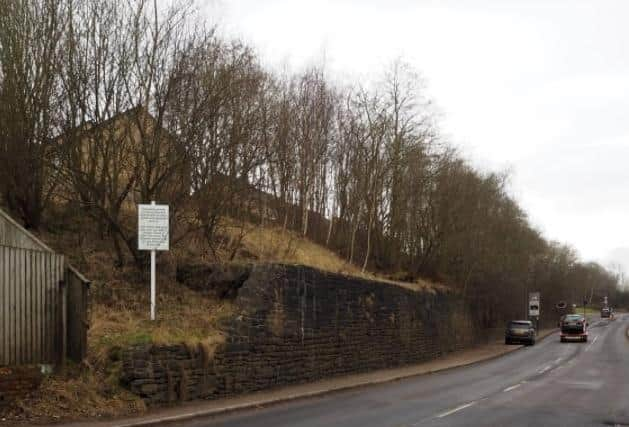The story of how the former Cammell Laird steelworks site in Penistone was regenerated after being told the task was 'impossible'


It will be 25 years on March 9 since Barnsley-based Yorkshire Land brought down an imposing 12f wall on the edge of the site, changing the face of Penistone forever.
The steelworks closed in February 1930, having been a working steel and iron works since 1863. In its heyday, Cammel Laird employed 1,500 men, and the 29-acre site was taken over by the David Brown Foundries company in 1935.
Advertisement
Hide AdAdvertisement
Hide AdDuring the First World War, the site produced steel rails to push ammunition through the trenches of France.


However, by the 90s, the site had been stripped of anything of value and in place of a once-proud foundry stood a vast wasteland in a state of dangerous disrepair, with an imposing wall towering over Sheffield Road.
In 1996 the wall on the boundary of the site came down in one day, defying expectations as part of an against-the-odds regeneration project.
Steven Green is the man behind the transformation of the site, which was finally cleared in 1998.
Advertisement
Hide AdAdvertisement
Hide AdHis company, Yorkshire Land, was a small family business, and took on a task which larger businesses only dared to dream about.


After aquiring the site in 1995, Steven was told that clearing it for development would be an “impossible undertaking”, and the stress during the four years it took to regenerate the site took its toll.
Despite the site being dubbed “Penistone’s biggest white elephant,” and being told by planning officials that it would have been impossible to remove the debris, Steven went on to be awarded by the then Mayor of Penistone for his contribution to the area.
“I’m very proud that we did it, and I don’t regret it, but it did cause humongous stress,” he added.
Advertisement
Hide AdAdvertisement
Hide Ad“It was unbelievable, there was ten meters of fill out - we took reinforced concrete foundations the size of three four double decker buses put together.
“Prior to us buying, two other companies had tried to reclaim the site and had to pack in, it was just such a difficult task.”
Yorkshire Land managed to remove more than 10 metres of filled ground over the 12-acre site area, working seven days a week to oversee the job.
The wall, on Sheffield Road, was taken down on a Saturday, and was a huge undertaking that changed Penistone’s landscape.
Advertisement
Hide AdAdvertisement
Hide Ad“We had to get an emergency road closure, and because we had to have the road cleared within a set time, and additional machinery was brought in, in case anything was broken.
“I was on site from 4am, and by 3.30pm in the afternoon the road sweeper was sweeping the road off.”
Steven recalls being thanked by a man who lived opposite the wall, in a home which is now a children’s nursery, as he could read his newspaper in the front room without putting a light on for the first time.
Now, little remains of the site’s rich history.
Steven added; “Sometimes i think - did it really happen? We always want to leave an area better than it was before.”